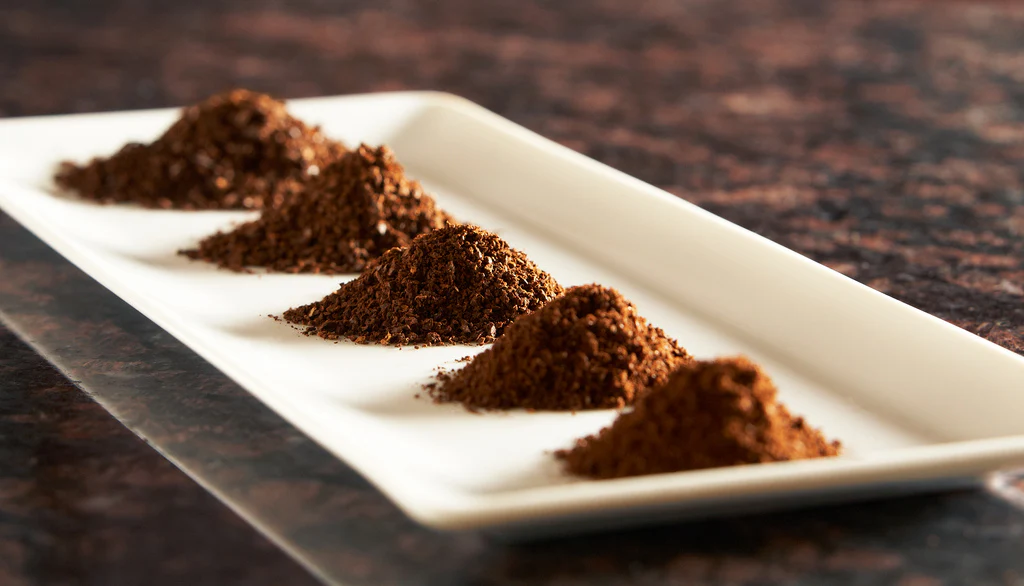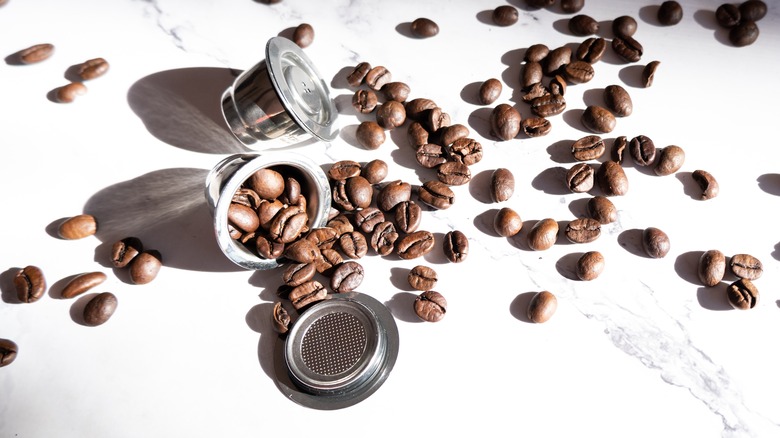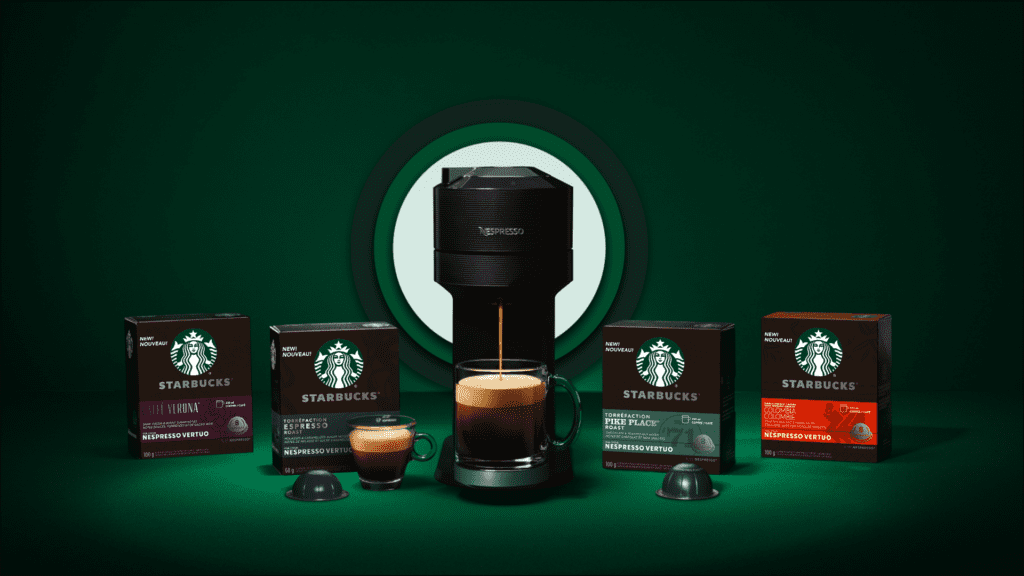When it comes to brewing the perfect espresso, one of the most crucial factors is getting the grind size just right. Too coarse, and your espresso will be weak and watery; too fine, and you’ll end up with a bitter, over-extracted shot. But finding that sweet spot can feel like a bit of a Goldilocks situation. In this guide, we’ll dive into everything you need to know about achieving the perfect grind size for espresso, ensuring every shot you pull is rich, balanced, and bursting with flavor.
Grind size is the unsung hero in the world of espresso. It plays a pivotal role in the extraction process, which directly impacts the taste, aroma, and overall quality of your espresso.
The right grind size allows water to flow through the coffee grounds at the ideal rate, extracting the perfect balance of flavors.

Whether you’re a seasoned barista or a home coffee enthusiast, understanding and mastering the grind size is key to elevating your espresso game. In the sections that follow, we’ll explore the science behind grind size, offer practical tips for finding your perfect grind, and share insights to help you consistently achieve espresso perfection.
Grind Size Chart
To master the art of espresso, understanding the different grind sizes is essential. Here’s a detailed grind size chart that illustrates various grind sizes suitable for different types of espresso. Each grind size has its own characteristics and optimal use cases, which we’ll explain in detail below.

| Grind Size | Description | Best For |
|---|---|---|
| Extra Fine | Powdery texture, like flour | Turkish coffee, some specialty espressos |
| Fine (Standard) | Slightly coarser than powdered sugar | Espresso shots, strong and intense flavor |
| Medium-Fine | Between table salt and granulated sugar in texture | Milder espresso shots |
| Medium | Similar to granulated sugar | Drip coffee, Aeropress (short brew time) |
Explanation of Grind Sizes
- Extra Fine
- Characteristics: Extra fine grind size resembles flour. It’s incredibly fine and powdery, which allows for very slow water passage and maximum flavor extraction.
- When to Use: Best suited for Turkish coffee, which requires a prolonged brewing time. This grind is also occasionally used for certain specialty espressos that demand a very fine grind.
- Fine (Standard)
- Characteristics: Fine grind is slightly coarser than powdered sugar. This is the go-to grind size for most espresso machines.
- When to Use: Ideal for traditional espresso shots. It provides a strong and intense flavor, making it perfect for those who enjoy a bold espresso experience.
- Medium-Fine
- Characteristics: Medium-fine grind falls between table salt and granulated sugar in texture. It allows for a balanced extraction, providing a smooth flavor.
- When to Use: Best for milder espresso shots. This grind size is also suitable for use in Aeropress with a shorter brew time, offering a balanced and smooth taste.
- Medium
- Characteristics: Medium grind size is similar to granulated sugar. It’s more versatile and allows for moderate water flow and extraction.
- When to Use: Commonly used for drip coffee and Aeropress with a short brew time. Not typically used for espresso, but can be suitable for certain espresso blends that require a less intense extraction.
Note: This diagram visually represents the various grind sizes mentioned above, aiding in better understanding.
Adjusting Grind Size for Different Espresso Machines
Different espresso machines have unique requirements and quirks, which means the grind size that works perfectly for one might not be ideal for another. Here’s how to adjust your grind size to match the specific needs of various types of espresso machines.

Semi-Automatic Espresso Machines
Characteristics: These machines allow for more control over the brewing process, including the grind size, tamping pressure, and extraction time.
Tips for Adjusting Grind Size:
- Start Fine: Begin with a fine grind. Semi-automatic machines usually perform best with a grind size that’s fine enough to provide resistance but not too fine to cause over-extraction.
- Dial It In: Pull a shot and observe the extraction. If it’s too fast (under 25 seconds), make the grind finer. If it’s too slow (over 30 seconds), coarsen the grind.
- Consistency: Ensure your grinder settings remain consistent once you’ve dialed in the perfect grind size.
Automatic Espresso Machines
Characteristics: These machines automate most of the process, often with preset options for grind size, tamping, and extraction time.
Tips for Adjusting Grind Size:
- Check Manufacturer’s Guidelines: Start with the recommended grind size from the machine’s manual. Many automatic machines are calibrated for a specific grind size.
- Fine Adjustments: If the espresso is too bitter or too weak, make slight adjustments. A finer grind can intensify the flavor, while a coarser grind can mellow it out.
- Observe the Puck: After brewing, inspect the coffee puck. A well-formed puck indicates a proper grind size. A soupy or too dry puck may require adjustment.
Manual Espresso Machines
Characteristics: Manual machines, like lever machines, offer complete control over the brewing process, including grind size, pressure, and timing.
Tips for Adjusting Grind Size:
- Experiment and Record: Since manual machines vary widely, experiment with different grind sizes and note the results.
- Balance: Aim for a balance between fine and medium-fine grinds. The right grind size should allow for a steady flow without too much resistance.
- Pressure Control: Since you’re controlling the pressure manually, a slightly coarser grind might be necessary to prevent over-extraction.
General Tips for Adjusting Grind Size
- Grind in Small Batches: Adjust your grinder in small increments. Making large changes can overshoot the ideal grind size.
- Taste and Adjust: Always taste your espresso after making adjustments. The flavor profile will guide you in refining the grind size.
- Regular Maintenance: Clean your grinder regularly to ensure consistent grind size. Build-up in the grinder can affect the grind consistency.
Impact of Grind Size on Extraction and Flavor
The grind size of your coffee beans plays a crucial role in the extraction process, which in turn affects the flavor of your espresso. Understanding this relationship is key to mastering the art of espresso making.
The Science of Extraction Extraction is the process where water dissolves the flavors, oils, and compounds from the coffee grounds. The grind size determines the surface area of the coffee particles, which influences how quickly or slowly the extraction occurs.
- Fine Grind: More surface area, leading to faster extraction.
- Coarse Grind: Less surface area, leading to slower extraction.
Too Fine a Grind: Over-Extraction
Characteristics:
- Flavor: Bitter, harsh, and overly strong.
- Process: When the grind is too fine, water passes through the coffee grounds very slowly, resulting in prolonged contact time. This leads to over-extraction, where too many compounds (especially the bitter ones) are dissolved.
Signs of Over-Extraction:
- Taste: The espresso tastes bitter and astringent.
- Appearance: The crema is dark and thick, often with a burnt smell.
- Flow Rate: The espresso flows out of the machine very slowly, sometimes in drips.
Tips to Fix Over-Extraction:
- Coarsen the Grind: Slightly adjust your grinder to a coarser setting.
- Shorten Extraction Time: Aim for a shot time between 25-30 seconds.
- Check Dose: Ensure you’re using the right amount of coffee grounds (typically 18-20 grams for a double shot).
Too Coarse a Grind: Under-Extraction
Characteristics:
- Flavor: Sour, weak, and lacking complexity.
- Process: With a coarse grind, water flows through the coffee grounds too quickly, leading to under-extraction. Essential flavors and oils are not fully dissolved, resulting in a weak brew.
Signs of Under-Extraction:
- Taste: The espresso tastes sour and watery.
- Appearance: The crema is light and thin.
- Flow Rate: The espresso flows out of the machine too quickly, often in a thin stream.
Tips to Fix Under-Extraction:
- Fine the Grind: Adjust your grinder to a finer setting.
- Lengthen Extraction Time: Aim for a shot time closer to 25-30 seconds.
- Tamping Pressure: Ensure you’re applying consistent and adequate pressure when tamping the grounds.
Finding the Right Balance: Achieving the perfect grind size is a balancing act. Here are some tips to help you find that sweet spot:
- Taste Testing: Regularly taste your espresso and make small adjustments based on the flavor profile.
- Monitor Shot Time: Keep an eye on the shot time (ideally between 25-30 seconds for a double shot).
- Consistent Measurements: Use a digital scale to measure your coffee grounds accurately.
- Adjust in Small Increments: Make fine adjustments to your grinder settings. Small changes can significantly impact the extraction.
- Keep Notes: Document your grind settings, extraction times, and flavor results to replicate successful shots.
By understanding the impact of grind size on extraction and flavor, you can fine-tune your espresso-making process to consistently produce rich, balanced, and delicious shots.
Disclosure: Our blog contains affiliate links to products. We may receive a commission for purchases made through these links. However, this does not impact our reviews and comparisons. We try our best to keep things fair and balanced, in order to help you make the best choice for you.






One Response